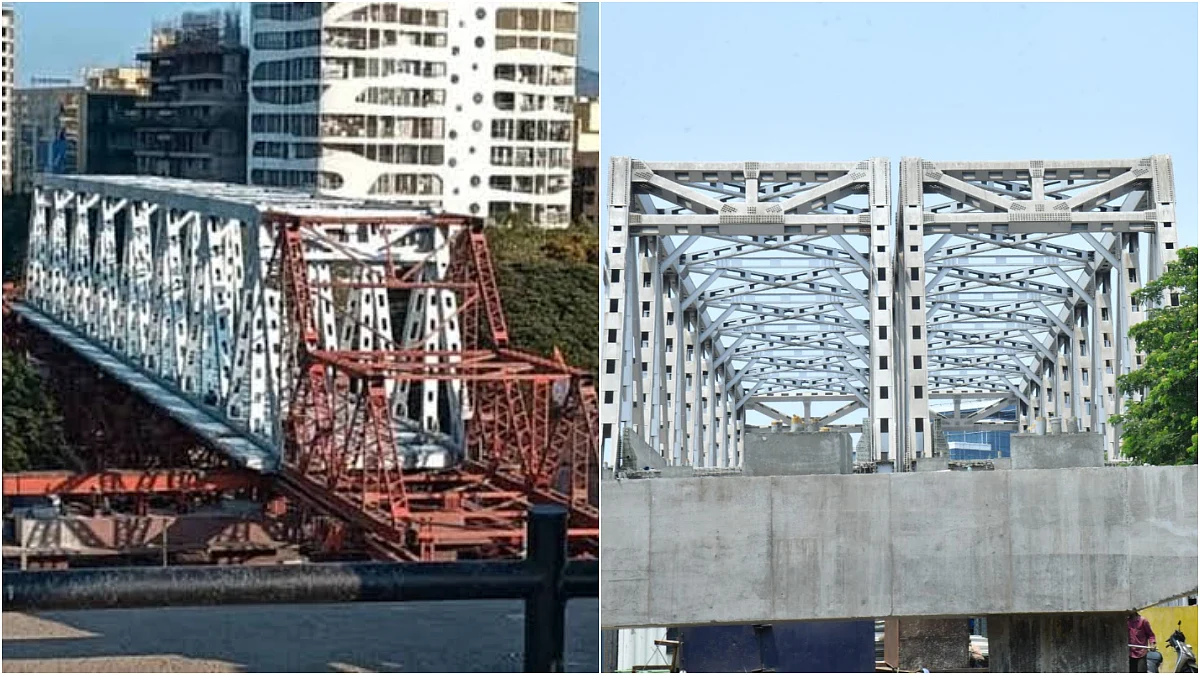Mumbai: As Mumbai gears up for the full launch of Metro Line 3 in August, city planners are shifting focus from just underground transit to creating a seamless pedestrian experience above and below the ground. Officials are now envisioning a citywide network of pedestrian subways that will connect commuters directly from Metro stations to key urban destinations, offices, malls, parks and even the coastline.
Key Meeting Held Between Top Infra Bodies & BMC
In a key development, senior officials from the BMC, Mumbai Metro Rail Corporation Limited (MMRCL), Mumbai Metropolitan Region Development Authority (MMRDA) and Indian Railways met at the BMC headquarters on Monday evening to discuss last-mile connectivity solutions. The meeting focused on integrating pedestrian infrastructure with the expanding Metro system, particularly around Metro Line 3 stations.
Metro Line 3, also known as the Aqua Line, is Mumbai’s first fully underground metro corridor. It currently operates from Aarey to Acharya Atre Chowk in Worli and is already serving around 60,000 passengers daily. Once fully operational, the 33.5-km line will connect 27 stations, stretching from Aarey in the north to Cuffe Parade in South Mumbai. It will traverse key commercial and transport nodes such as Mumbai Central, Mahalaxmi, Churchgate, CSMT and BKC.
Subway Planned Connecting Acharya Atre Chowk Station To Mahalaxmi Racecourse
According to a The Times Of India report, one of the first pedestrian integration projects in the pipeline is a 1-kilometre-long subway connecting the Acharya Atre Chowk station to the Mahalaxmi Racecourse and the Coastal Road parking hub at Haji Ali. A 160-metre side arm is also being planned to provide access to nearby open spaces. BMC and MMRCL have been working on its alignment since June.
“This is just the beginning,” a civic official said, as quoted by TOI. “The meeting was primarily about identifying nodal agencies that will lead such pedestrian infrastructure projects,” the official added. A senior official confirmed that a Detailed Project Report (DPR) will be drafted within the next four months.
Mega Plan For Subways Around Key Metro Stations
The broader vision includes building pedestrian subways within a 500-metre to 1-kilometre radius of major Metro stations, particularly in high-density zones like malls, corporate parks and business hubs. Equipped with escalators and elevators, these subways aim to be accessible to all, encouraging walking, easing traffic congestion, and redefining Mumbai as a more connected and commuter-friendly city.
If successfully implemented, this pedestrian network could become a game-changer in urban mobility and last-mile connectivity for Mumbai.







